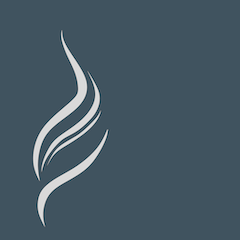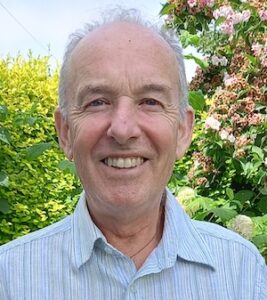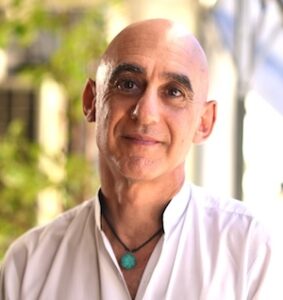
Moxa is often seen as acupuncture’s quieter sibling, and yet it has a rich history of igniting healing, longevity, and vitality. Its warmth goes beyond the physical—it has a profound effect on our physiology.
In this conversation with Oran Kivity and Merlin Young, we delve into the often overlooked art and science of moxa. While its roots are in traditional East Asian medicine there is some interesting research that suggests it has a role in modern health interventions in terms of treating pain.
Listen into this discussion as we explore the surprising science behind moxa’s effectiveness, the idea and use of moxa as a people’s medicine, its potential for addressing chronic conditions, and the role it can play in fostering community health.
Never underestimate the power of moxa!

Merlin Young
In 2003 someone recommended a book (‘Mountains beyond Mountains’ by Tracy Kidder). I have no idea how they knew, but they warned me it might change my life. The book exposed me to the work of Dr Paul Farmer but also to the appalling inequalities of global health provision. One short hop further and the shameful story of global TB in the 20th century began to emerge, a story of unforgivable neglect culminating in a second rolling pandemic – this one of drug-resistant disease.
Whilst studying Japanese moxa techniques a year or two earlier I had learnt that moxa had been used in Japan to treat TB before there were any TB drugs. Another short hop (this one helped by a hefty dosing of single malt whisky one night) and a penny dropped: if moxa had really helped folk recover from TB before there were any TB drugs, then why wouldn’t it help when those drugs don’t work?
The last 16 years (along with some extraordinary colleagues) I have been trying to answer that question whilst still plying my trade as an acupuncturist. I now know that it definitely can help, but there are still mountains beyond mountains to climb!

Oran Kivity
I’m a British acupuncturist, author, and coach who trained in Europe, China, and Japan. I’ve been in continuous practice since 1987, specialising in Japanese methods. In 2000, I was one of the founding members of Toyohari UK, the British branch of the Toyohari Association of Japan.
In recent years, I developed the Ontake Method, a rhythmic moxibustion technique using heated bamboo. From 2005 to 2020, I lived and worked in Malaysia before moving to Taiwan during the Covid-19 pandemic. I’m the author of five books, and now I practise, write, coach, and teach from the southern port town of Kaohsiung, where I live happily by a river, near a lake, and close to the sea.
There is a lot of explore about moxa and research on Merlin’s Moxafrica website.
Oran has resources for you on coaching, ontake and Japanese acupuncture.